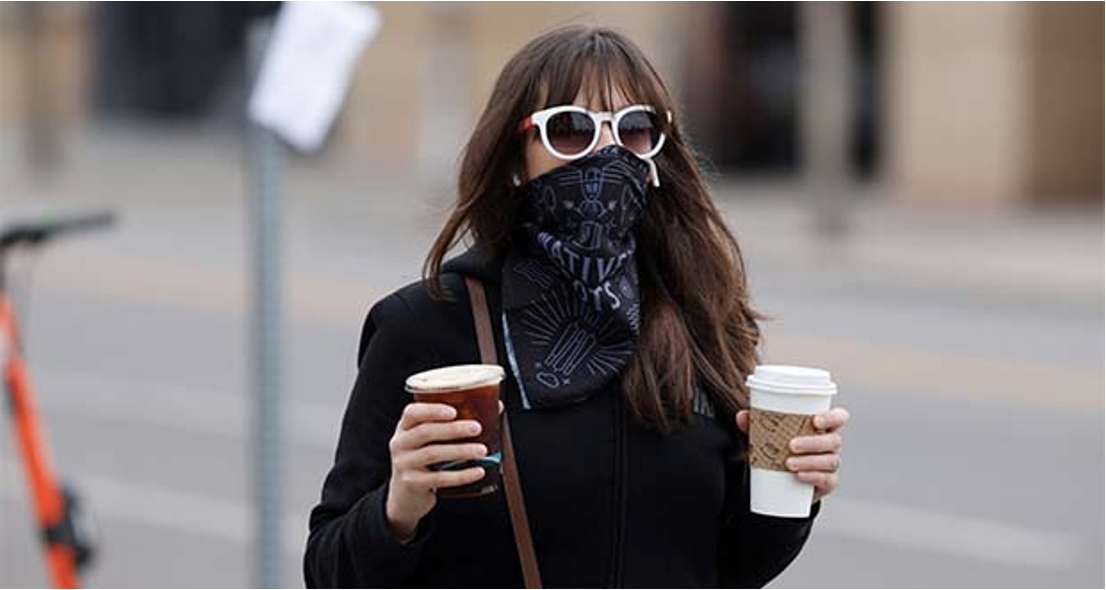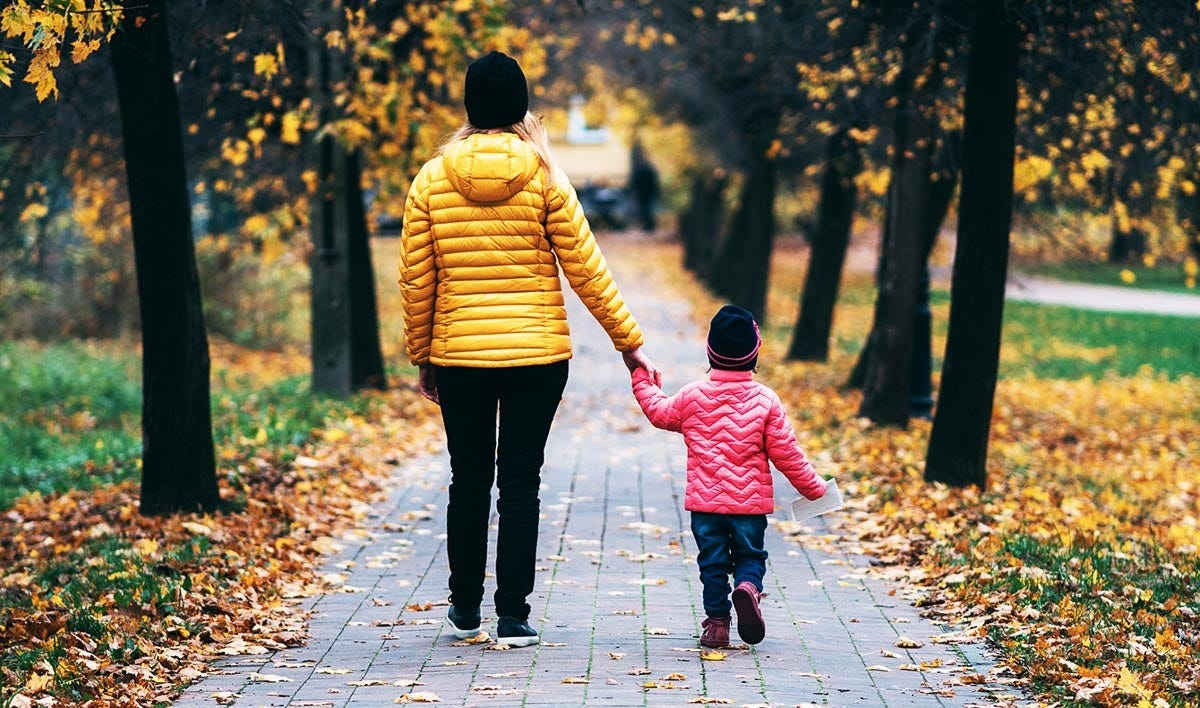Five Years Later: What I Got Right And Wrong About Cities After COVID
Remote work and Amazon delivery trucks are here to stay. But a lot of the other changes I predicted simply didn't materialize once we had a vaccine.
Five years ago, when we were all elbow-bumping, trying not to breath on each other, and thinking that this pandemic thing would be over in two weeks, I wrote a two-part blog on the Kinder Institute’s Urban Edge on what cities would be like after COVID.
Our Monday posts are free, while our Thursday posts typically have a paywall. Please consider helping us continue to deliver great content by becoming a free or paid subscriber today!
We all know COVID would change the world – as well as change how cities, towns, and metropolitan areas would operate – but nobody was quite sure how. And, of course, the pandemic went on for years rather than weeks. So it was kind of cheeky of me to make a bunch of predictions about how cities would change.
But with the fifth anniversary of the pandemic, I thought it would be a good time to revisit my predictions – and see what’s changed and what’s not since March of 2020. So here goes:
1. A renewed focus on public health: Nope.
Noting that urban planners and public health officials had worked together as far back as the 19th Century on things like water quality and sewage treatment, I suggested that they might work together again to reduce the spread of infectious diseases. That happened, sort of, for a while – as when the value of outdoor parks became obvious. But once the vaccine came along, those ideas kind of went out the window. And with RFK Jr. now in charge of public health ….
2. More sophisticated urban design: Not really.
At the time, I wrote: “The threat of infectious disease is likely to ramp up urban design as a solution – perhaps, for example, by creating more separation in public spaces like restaurants and parks.” But again, once the vaccine came along, there was no need for plastic separators or anything like that. So, really, nope again.
The best way you can help us grow our audience is by sharing, restacking, or commenting on this post!
3. Fewer retail stores and a different kind of street life: For sure.
Noting that the trend toward online shopping was already accelerating, I predicted a decline in bricks-and-mortar retail stores and wrote: “Urban street life in the fut ure will look something like this: more multifamily housing on old retail sites, more bars and restaurants, more coffee shops, more ground-floor personal care businesses (hair and nail salons, gyms, yoga studios) – and much more carefully managed curbside parking, to accommodate the vast increase in delivery trucks.” Curbside management change is coming slowly, but generally speaking I was right about this.
4. A changing office work environment: Absolutely!
Well, I got this one right by predicting a permanent shift to remote work. On the one hand, I said: “Big job centers like downtown Houston and the Galleria will become less and less places where people do their daily work and more and more where people hold meetings.” And on the other hand, I said: “If office workers work remotely more often, then the neighborhoods where they work – their home neighborhood – will become more important.”
This was the genesis of my idea about the Urban Hotel and the Suburban Workshop. Downtowns and large office districts are converting rapidly into Urban Hotels; suburban neighborhoods are moving more slowly to a more diverse set of activities, but as I said last week I think that’s both necessary and inevitable.
5. More flexible public transit: Not yet.
I predicted that the pandemic would force a rethinking of public transit: “In the future, we’re still likely to have ‘trunk lines’ with buses and trains carrying people to big job and activity centers. But between autonomous vehicles and ride-hailing software, the rest of our transit – which will be linked to trunk lines – will probably look more like UberPool: Small vehicles that carry a few people and can accommodate flexible schedules and destinations.” I mentioned Arlington, Texas, as a possible model.
This has not happened. Transit agencies are resistant to change and have simply attempted to scrape up the funding to continue to operate the way they always have. But I still think this transition is inevitable in the future – and, ironically, it may be that the Trump Administration’s hostility to public transit will begin to force this change.
6. A renewed appreciation for plain old walking: Yes, for a while.
We all walked during the pandemic in order to get out of the house, breath supposedly fresh air, and maintain our mental health. Sadly – at least from my point of view – we are all back in our cars now and at least for walking the streets are more dangerous than ever. (More pedestrians are being killed today than at any time since the 1980s.)
So, overall, about 2 of 2½ out of 6. Not that good a track record. I guess I didn’t anticipate a couple of things. First, how quickly we’d bounce back to normal once a vaccine was available. And second, how much we wanted the things we like to bounce back to normal, especially being able to drive. The bottom line: We’ve seen some profound and permanent changes that are affecting both cities and suburbs. But we haven’t quite seen the wholesale change that I predicted.









You forgot more social isolation!
Interesting article. I too thought Public Health would be realized as vital to our nation’s health—very disappointing. Equally disappointing is the fact that people don’t seem to realize that Covid changed the way people shop, eat out, etc. That needs to be addressed when considering how to set up new endeavors.
It’s time to get creative. 2 restaurants went into the same spot in downtown Ventura recently. In the morning it’s a coffee shop type restaurant owned by one person then in the evening it’s a regular restaurant owned by another group. They can both hone in on what they do best while sharing resources. Hopefully more creative solutions like this will be explored in the future.